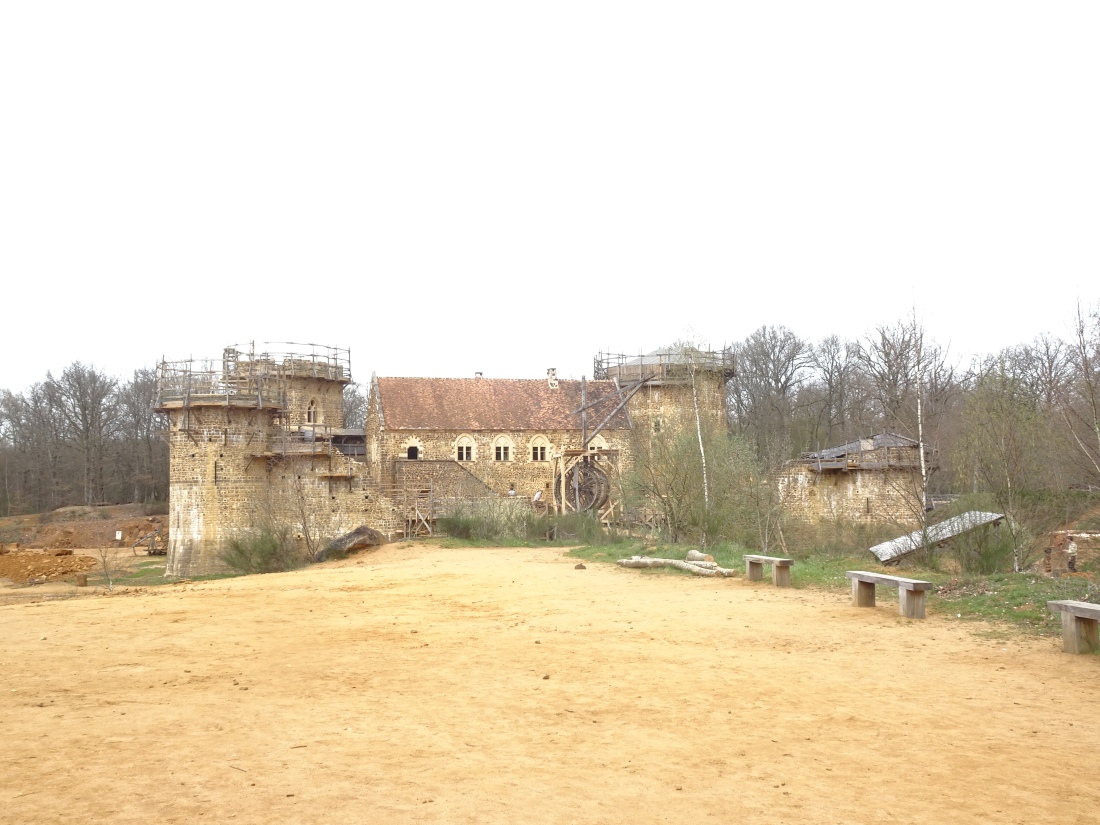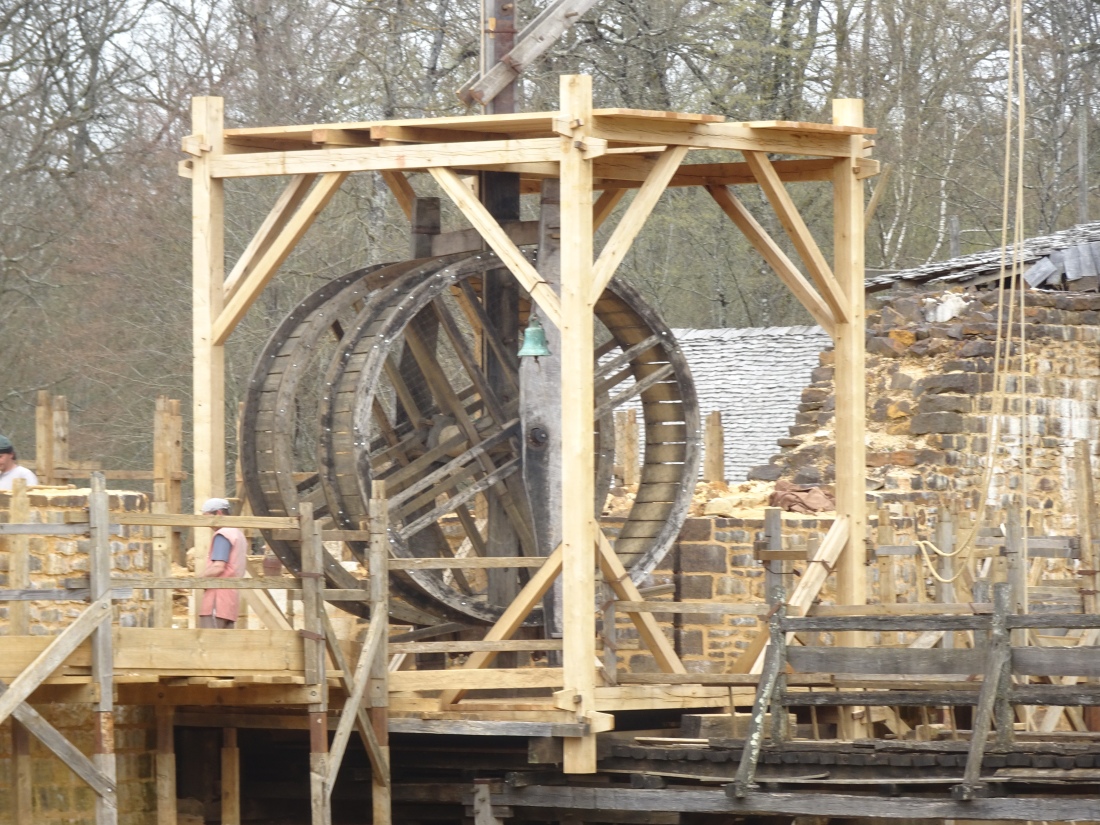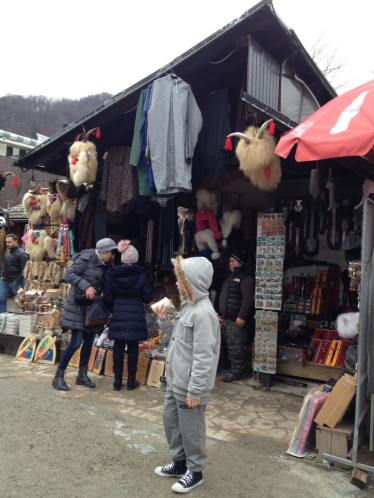Jerusalem – one of the most contentious cities in the world is absolutely amazing . You can’t help but feel the history around every corner.

The main entrance to the old city is the Jaffa Gate. This area is the place most busy with tourists, taxis, and armed police.

Walking down the narrow streets, past the many shops full of religious souvenirs, from crosses to novelty T-shirts with motifs such as “Guns & Moses” on them, you won’t be surprised that everyone, of all faiths, are trying to make a living on the back of the historical city. Many a time I happened upon a juice bar, sweet shop, jewellery shop, bakery; and even an old relics shop.




There are quiet areas if you are looking for them. I found myself outside the Zion Gate that overlooks the Mount of Olives and Gethsemane; and the old Biblical names almost seem to appear out of nowhere in the old city. Room of the Last Supper, Church of the Holy Sepulchre, Western Wall, Dome of the Rock… it goes on and on.


And for Christians on a pilgrimage it must be overwhelming. They can rent a wooden cross and retrace the steps of Jesus (the so-called stations of the cross). This is done by reflection and prayer, whilst walking the Via Dolorosa or the Way of Sorrow. Each station claims to be a spot where Jesus suffered or received insults on the way to his crucifixion.

When I reached the Church of the Holy Sepulchre it was crazy busy. This is the place where Calvary (otherwise known as Golgotha) is said to be. It is a stunning place which is divided into several different churches. But this is the cave where Jesus was buried (allegedly), and the priests are so passionate about the place that fights between them have actually broken out here! Google it!




There are many things to see for all faiths, and also for non believers. So rich in history and culture, it would be a shame to not tick this off your bucket list.






































